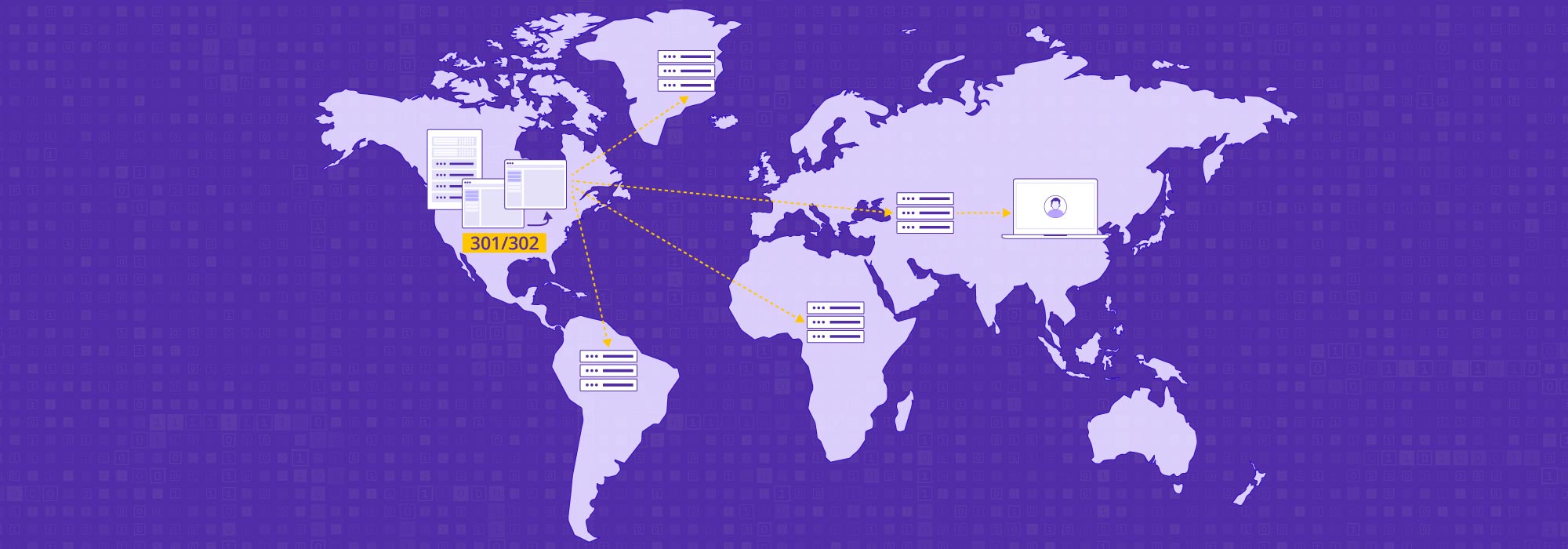When combatting cyberattacks, the invisible threat is often regarded as the biggest threat. For instance, a vulnerability that is known only to a few people often poses the greatest threat. Zero-day vulnerability is that kind of threat.
Why is It Always Zero-day?
Typically, cyberattacks attempt to gain direct access to a server by taking advantage of the zero-day vulnerabilities. They prey on vulnerabilities inherent in operation systems, middleware, applications, and other network security devices. Don’t be fooled. Every device and application has its vulnerabilities. For this reason, most cyberattacks focus on zero-day vulnerabilities.
Due to the open nature of web applications and components, any Internet user is capable of launching attacks with little, if any, difficulty. This is why web applications and components become the preferred attack method for cyber-criminals. For this reason, web applications and components have become the hardest hit targets of zero-day attacks. It’s no surprise, then, that Apache Log4j and many other zero-day vulnerabilities exposed in 2022 H1 all came from web components.
Like a pandemic caused by an unknown pathogen, the only way to avoid cyberattacks is by strengthening your resistance to them. And like a pandemic, there will be an inevitable gap between when an attack is discovered and when it can be cured. This time gap does not imply, however, that a solution will never be found.
Establish a Solid Defense Cornerstone
Establishing a solid defensive strategy against zero-day attacks is one of the cornerstones for remediating such attacks. To prepare appropriately, CDNetworks recommends that every enterprise adopt the following 4 critical lines of defense.
Defense Line 1: Having Physical Examinations as a Routine
In everyday life, doctors suggest we have regular physical examinations routinely to check the status of our health. Medical experts tell us what to do to keep our bodies strong and healthy. Similarly, CDNetworks’ Vulnerability Scanning Services discover cyber security weaknesses in host systems and web-based applications to safeguard the lifeblood of your organizations against attacks. Like a doctor writing a report about your health, CDNetworks’ Vulnerability Scanning Services generate reports detailing the state of application, host, and web security, along with recommendations for remedying known security vulnerabilities.
Equipped with a deep database of computer vulnerability information and multi-dimensional scanning, CDNetworks’ security experts investigate zero-day vulnerabilities to fix security flaws inherent in nearly all enterprises, big and small and repel zero-day attacks. Their investigations urge all enterprises to conduct vulnerability scanning every quarter to stay current with the latest vulnerabilities.
Defense Line 2: Intercepting Vulnerability Scanning from Attackers
Ironically, vulnerability scanning not only helps to deter attacks, it also encourages attacks. The goal of scanning is to acquire details about devices and systems, such as the status of interfaces, system versions, and other information. If this information fell into the hands of attackers, it could be sufficient for them to start an attack and penetrate the computer system.
To avoid such situations, there are several countermeasures that enterprises can take to stop attacks at the start. CDNetworks’ cloud security solutions can help enterprises detect and intercept suspicious and undesired behaviors.
For instance, the CDNetworks’ Bot Shield is a bot management solution that uses mature and proven AI models. These models have advanced analysis and learning capabilities that identify and intercept malicious vulnerability scanning conducted by malware to prevent subsequent zero-day attacks.
CDNetworks cloud security solutions keep you up to date on the latest threat intelligence of zero-day attacks spawned by third parties. These rich experiences and abundant resources enable the CDNetworks security team to identify zero-day attack surfaces immediately. And when zero-day vulnerabilities are discovered, CDNetworks’ Application Shield dispatches the “efficient patch” WAF rules to the entire platform synchronously, forming a “Network-wide Synchronization” protection system to address zero-day vulnerabilities quickly, efficiently, and effectively.
Defense Line 3: Calling for Emergent Actions
Like an illness that has no cure, zero-day threats present high-risk threats that should not be left to amateurs or go unattended. It is crucial to update WAF defense rules well before an organization is faced with zero-day attacks. To adopt a proactive approach to fighting zero-day threats, CDNetworks’ Security Lab developed a 7×24 hour monitoring engine for identifying vulnerabilities at a moment’s notice. All the while, the security experts of CDNetworks are working round the clock to make the engine as robust and up-to-date as possible.
As improvements are made to the engine, CDNetworks’ Application Shield sends updated WAF rules in the form of “patches” to the entire platform in a matter of seconds. This unique approach achieves “Network-wide Synchronization” protection to address zero-day vulnerabilities at a global scale.
For additional protection, CDNetworks offers Intelligent WAF Rule Hosting, backed by AI algorithms that ascertain normal behaviors for an enterprise. Based on the normal visiting behaviors, CDNetworks’ Intelligent WAF Rule Hosting will analyze false positive behaviors automatically to increase the accuracy of flagged cyberthreats. CDNetworks’ security experts are also available to assist with optimizing a customized defense strategy to create the ideal balance between business continuity and threat protection.
Defense Line 4: Preventing the Host-based Intrusions
The final goal of zero-day attacks is to acquire the access rights to target servers. Armed with access rights, attackers can penetrate internal websites to hijack them and steal data.
In addition to the three defense strategies already mentioned, another factor to consider defensive measures that can be taken at the host.
Enterprises can prevent hosts from zero-day intrusions by adopting CDNetworks’ Host-based Intrusion Detective System. The system monitors and intercepts abnormal behaviors, such as questionable logins, suspicious accounts, dubious processes, viruses, worms, trojans, and alteration of sensitive information. With this line of defense, attackers have no chance to steal access rights to servers through zero-day attacks.
The Spear-Shield Paradox
To some extent, when we discuss zero-day defense, we are talking about what happens when a weapon that can cut through any shield meets a shield that can resist any weapon. In reality, there is no spear that can cut through any shield at all. As long as that shield can keep current with the advancement of weapons, that shield can resist nearly any attack.
In this regard, defending against zero-day attacks is not hopeless as long as enterprises keep vigilant about their defense, regardless of whether the focus is on the traffic side or the host side. CDNetworks’ Application Shield is an ideal countermeasure that allows enterprises to up their defense posture and meet zero-day threats head-on in real time.
Please click here to apply for a free trial of CDNetworks’ Application Shield for next-time zero-day attacks before it’s too late.



